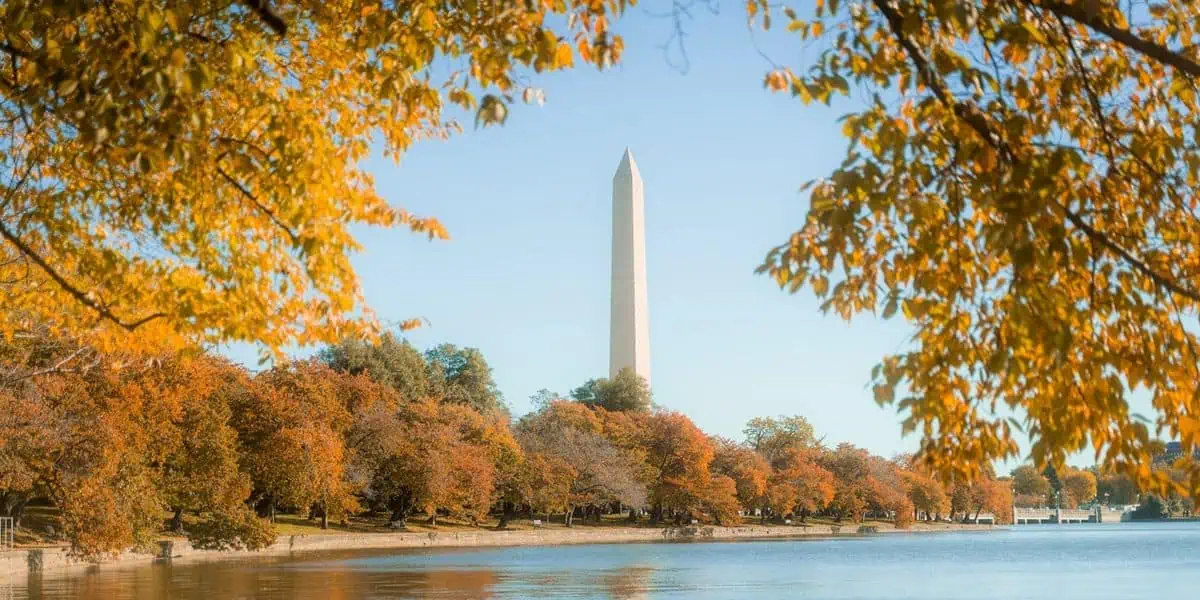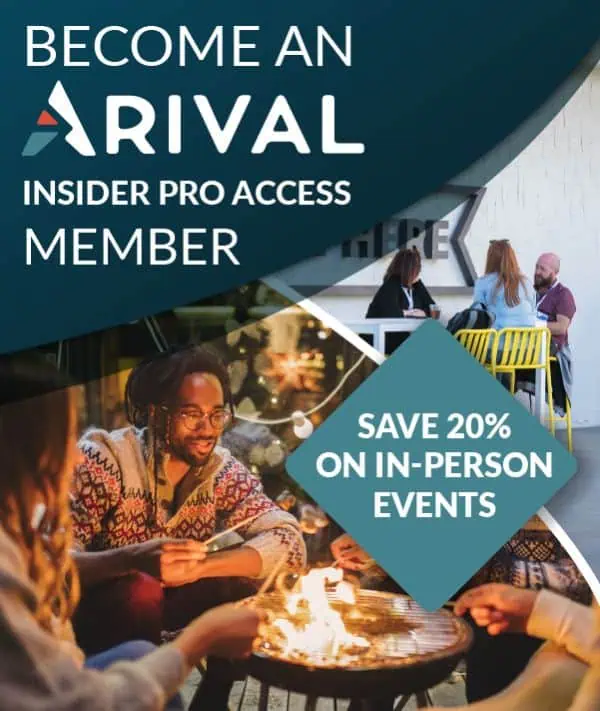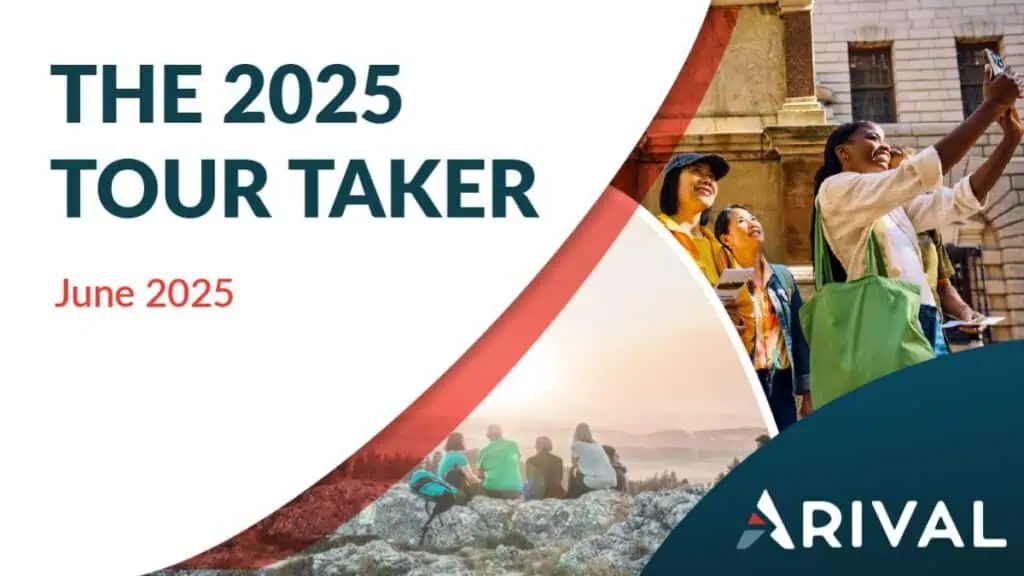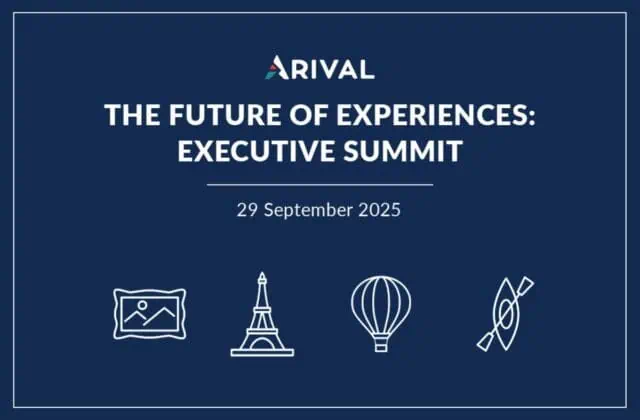Whenever I think of a successful business, the first image that comes to mind is long lines outside the Apple Store, people writing down names on the waiting list of a restaurant, or a packed Walmart store on Black Friday, right?
In the business world, this image is probably accurate. More people means more revenue. And, of course, the opposite is usually true as well.
Even though Arival’s survey shows that most businesses in our industry have reopened and even with a vaccination campaign in place, 2021 will be a year where operators will keep struggling with low attendance numbers.
Nevertheless, there’s an area between those two scenarios (the fully busy and successful and the empty and broke). In my hometown, Quito, the most popular flight is to and from Bogota (Colombia). This is a very short flight (two hours in total) usually operated by Avianca Airlines, which you could book for USD $200 roundtrip on average back in 2005. Flights were so full that you had to book two months ahead to find a space in the flight. Then, one day, Avianca Airlines decided to increase every ticket’s average price to USD $500 (yes, $500 for a two-hour flight!), and suddenly their capacity was half of what it used to be. Bad decision? I don’t think so. They were making more revenue and spending less money on fuel (aka. That flight was more profitable now than before).
Of course, this might not be the best time to increase your prices (or is it?), but there are more examples around a similar logic. For example, did you know that most movie theatres don’t make money on tickets; they make money on snacks. Did you know that Walmart loses money on toy purchases during Christmas time because they intend to get you in the store and have you buy something else?
The lesson from these industries here for tour and activity operators as they go into 2021 is to focus on the amount of revenue a customer can bring to your business instead of focusing on the number of customers. The idea of this article is to provide you with a few ideas on how you can achieve this:
1) Cross-selling
It’s probably the most obvious one and yet so rare to see an operator have a strategy for this. Most operators are afraid to annoy their customers with pushy-sales techniques. However, the reality is that most of the time, travelers don’t have a full itinerary. Even if they have booked an activity with you, they might still be looking for suggestions on other things to do once they get to their destination. They value when a local company can anticipate that desire and send those suggestions.
In our experience, at least 7% of clients will end up taking your advice and booking another tour with you. That may sound small, but for a small operator with less than 300 bookings, with an average price per booking of $100 USD, that can mean an extra $25,000 USD per year.

2) Up-Selling
Let’s say you offer a “Night Tour of Times Square in New York” that has different options:
- You have the standard tour.
- An upgrade that includes an additional hotel pick-up
- An even better version includes hotel pick-up and New-York pizzas at the end of the tour and the luxury version, including all of that PLUS craft beer.
If you don’t offer varying versions of your tours, you are probably missing out on extra revenue for your business. In this example, if you ONLY provide the standard version, many of your customers will likely go for New York pizza anyways after they finish your tour, and you will be getting zero revenue from that. Whereas, if you ONLY offer the premium version, many people will probably not book with you because it’s too expensive… or they don’t like pizza.
Some of the best operators I’ve known only actually operate five tours. Still, when you look at their catalog, they will have so many variables of these tours that their product offer satisfies a significant majority of travelers.
Have a standard version of your product and distribute that product in as many places as possible (OTAs included). Then, before customers arrive or check-in, give them the option to upgrade to one of the tour’s better versions. That extra revenue from the upgrade is going to be all yours.
Like this? BECOME AN ARIVAL INSIDER and Access member exclusives today.
Learn More3) Local Partnerships
Customers will likely end up asking your tour guide at the end of the tour what attractions are recommended or where they should grab a bite. These are all revenue opportunities for your business that you shouldn’t miss.
Partnerships with local businesses that you would usually recommend is a great way to get the ball rolling. You can ask them to advertise for your business or just ask them to give your customers something special (a discount, a souvenir, or a courtesy drink). By doing that, you will be sharing more value to your customers and get an extra commission. Long term, this will result in better reviews and more referrals for your business.
Some operators are smart enough to recognize that they can even partner with other tour operators in their city to create an additional source of revenue. Have you heard before about “aggregation” and how this gives OTAs an edge in the online world? This is the way to remove some of that competitive advantage. Instead of thinking of these operators as “competitors,” consider selling each other’s products (as long as they are complementary and not the same, of course).
4) Promo Codes
Promo codes are another great tool to get customers either booking another tour with you (going back to point #1) or referring your business to their friends and family.
I’ve seen some operators that are really against using promo codes in their business. I get it, things are rough now, and every penny counts. However, keep in mind that you have already spent money acquiring that customer (whether that’s paying a commission to an external party, paying Facebook or Google for advertising, or paying for flyers or brochures). Regardless of your marketing strategy, it’s going to be more expensive to acquire another customer than to give out a promo code.
Nowadays, most tour operators depend on domestic tourism, and promo codes will be effective when targeting this segment. Get your customer to be your brand ambassador, ask them to promote your business among their friends and family by giving them an incentive. It only takes a 5% discount or a $10 USD off voucher, and the rest can happen like magic.
Conclusion
2021 will look very different for tour and activity operators, depending on where you are and the type of experiences you offer. Regardless of how you expect this year to unfold, every good business manager should be thinking of ways to attract more revenue per customer.
You don’t get mad when they offer you popcorn when you go to the movies, right? You don’t get annoyed when they offer you insurance for your recently bought iPhone at the Apple Store? Most of the time, we end up taking up on those offers because it enhances your shopping experience. Then, follow that example and provide your customer with an incredible experience while also making sure your business stays healthy.
About Daniel Pino

Daniel is the CEO & Founder of TourOpp GO! (go.touropp.com), an automated messaging platform for tour & activity operators that allows them to have more profitable businesses. For the past seven years, I’ve focused on improving the travel experience through technology.
- LinkedIn: https://www.linkedin.com/in/danielpino/
- Website: https://www.go.touropp.com/

















